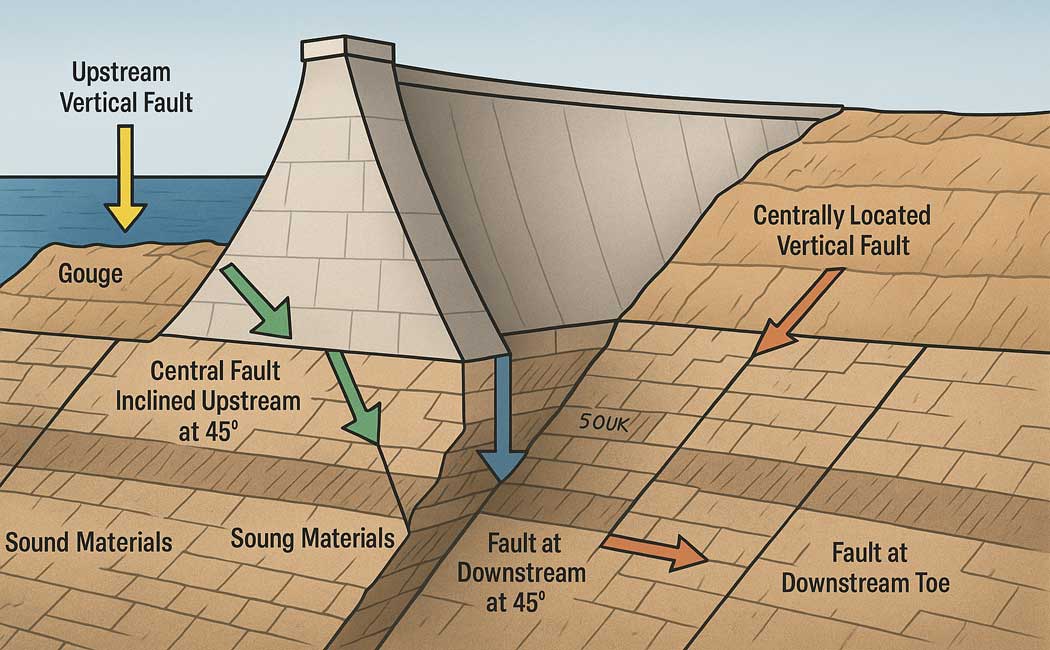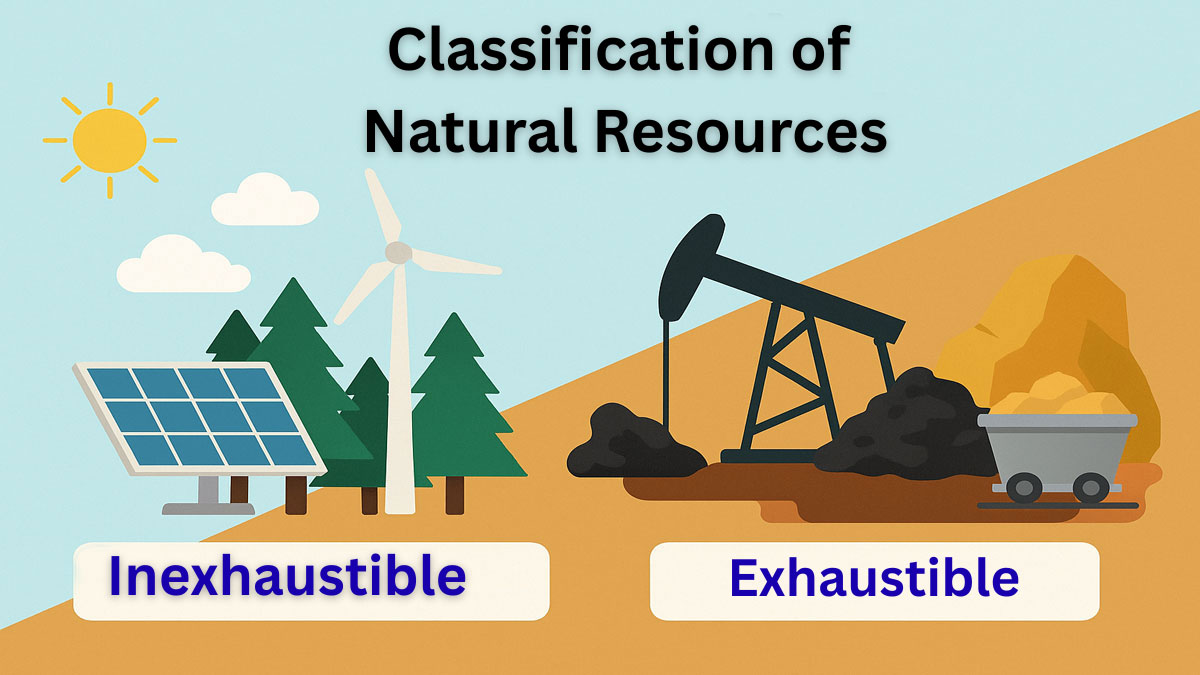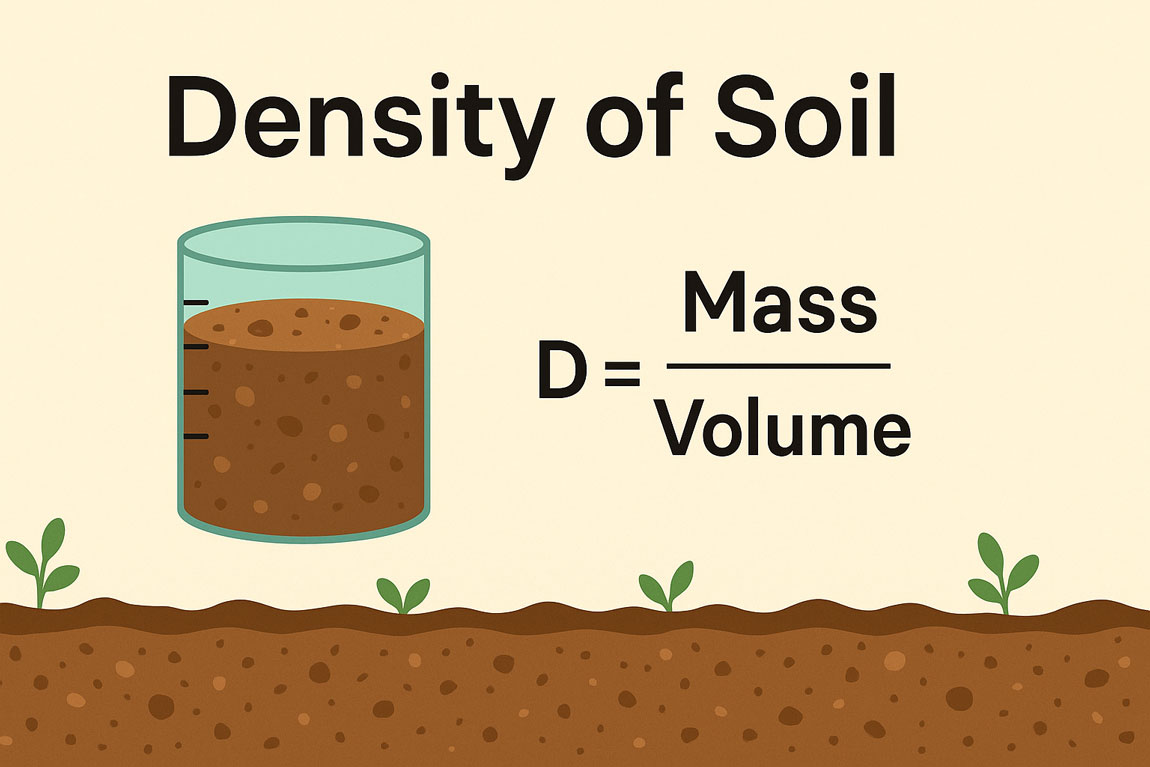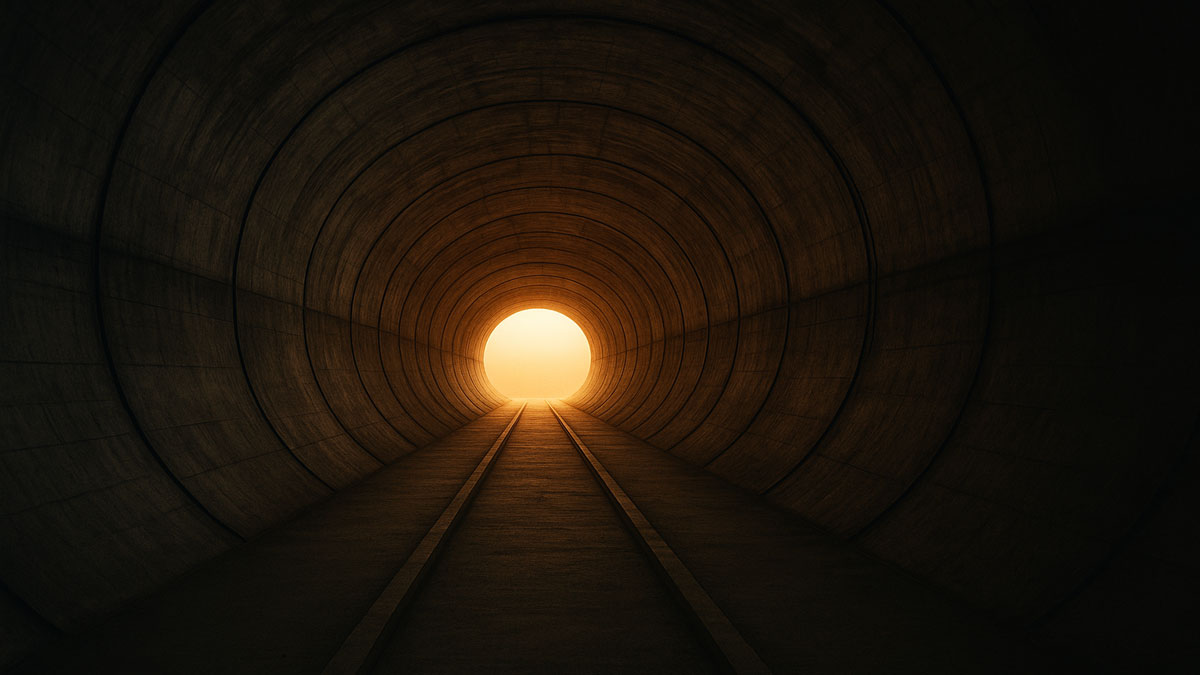The fault zone lying under gravity dams is composed of weak gouge materials with a low modulus of elasticity as compared to sound rocks, and hence is more deformable. The pressure of a fault zone induces more stress in a foundation than a normal foundation. A fault zone in a foundation is thus a source of weakness to the foundation, and careful studies are warranted to tackle the problem.
Fault Zones Under Gravity Dams:
The following observations are based on a computer study on faults under gravity dams (Biswas 1970).
Upstream vertical fault:
When a fault is located upstream of the dam outside the dam base, it does not pose a serious foundation problem. Vertical stresses induced are of low orders, and the fault zone does not warrant elaborate treatment measures.
However, care should be taken to ensure that the horizontal tensile stress is within the safe limit that is pronounced up to a depth equal to only half the dam height. Therefore, in an upstream vertical fault, only the zone extended downstream of the fault needs treatment.
Central fault inclined upstream at an angle of 45°:
Such an orientation of a fault can be considered harmless from a structural point of view. When the orientation of a fault is such that only a small part of the fault stretch is within the dam base, the stresses induced are similar to a normal foundation.
Of course, this hypothesis is true when the fault is inclined upstream. In such cases, a dam can be built with minor foundation treatment. More treatment may be necessary to control seepage, which is dependent on the permeability of the rock mass.
Centrally located vertical fault:
In this case, foundation stresses induced are more than the stress due to the fault sloping upstream. The fault is entirely inside the dam base, indicating compression on the downstream and tension on the upstream sides. Under these circumstances, a probe is necessary for the whole foundation mass, and proper treatment measures should be adopted.
Central fault inclined downstream at an angle of 45°:
This orientation of fault deserves full attention and may pose serious problems to design engineers. The presence of this type of fault induces larger stresses in the foundation.
Increase in stresses is 75 per cent to 100 per cent as compared to a normal foundation. Though horizontal normal stress does not change much, vertical normal stress and principal stresses tend to reach alarming proportions.
Fault at downstream toe:
Contrary to the three cases described in cases (a), (b), and (c), stresses on the upstream side of a fault are more pronounced than those on the downstream side. Therefore, careful foundation treatment is necessary for the foundation under the dam. Tensile stress is also induced on the upstream of the dam, which is smaller than that due to central, vertical, and sloping downstream faults, as in cases (c) and (d).
Effect of depth of plug:
In all these cases stated, stress along the fault and also maximum stress in the foundation reduce with increases in depth of plug. When a fault is located upstream of the dam, the stress along the fault increases with an increase in the depth of the plug.
However, the maximum stress induced in the foundation gets reduced with an increase in the plug. The reduction in stress for every 5 m increase in depth of plug is not very appreciable. The current study is for depths of plugs of 10 m, 15 m, 20 m, and 25 m. In case the depth of the plug is increased further, an appreciable reduction in stresses will result.
Conclusion:
From the study, it is concluded that a fault on the upstream of the dam or that sloping upstream from the foundation (cases (a) and (b) poses less of a problem than a central fault, a fault sloping downstream, or a downstream fault (cases (c), (d), and (e). In these three cases, the fault needs elaborate foundation treatment.
As the fault shifts upstream to downstream of the dam, foundation hazard increases, the most acute case being the fault at the downstream toe. In the extreme case, it is desirable to provide a plug of depth 20 per cent to 30 per cent of the dam height. This has been testified by the photo elastic studies of Fumio Ishi, Ragguichi Ho Iida, and Isao Shibata (1967).






